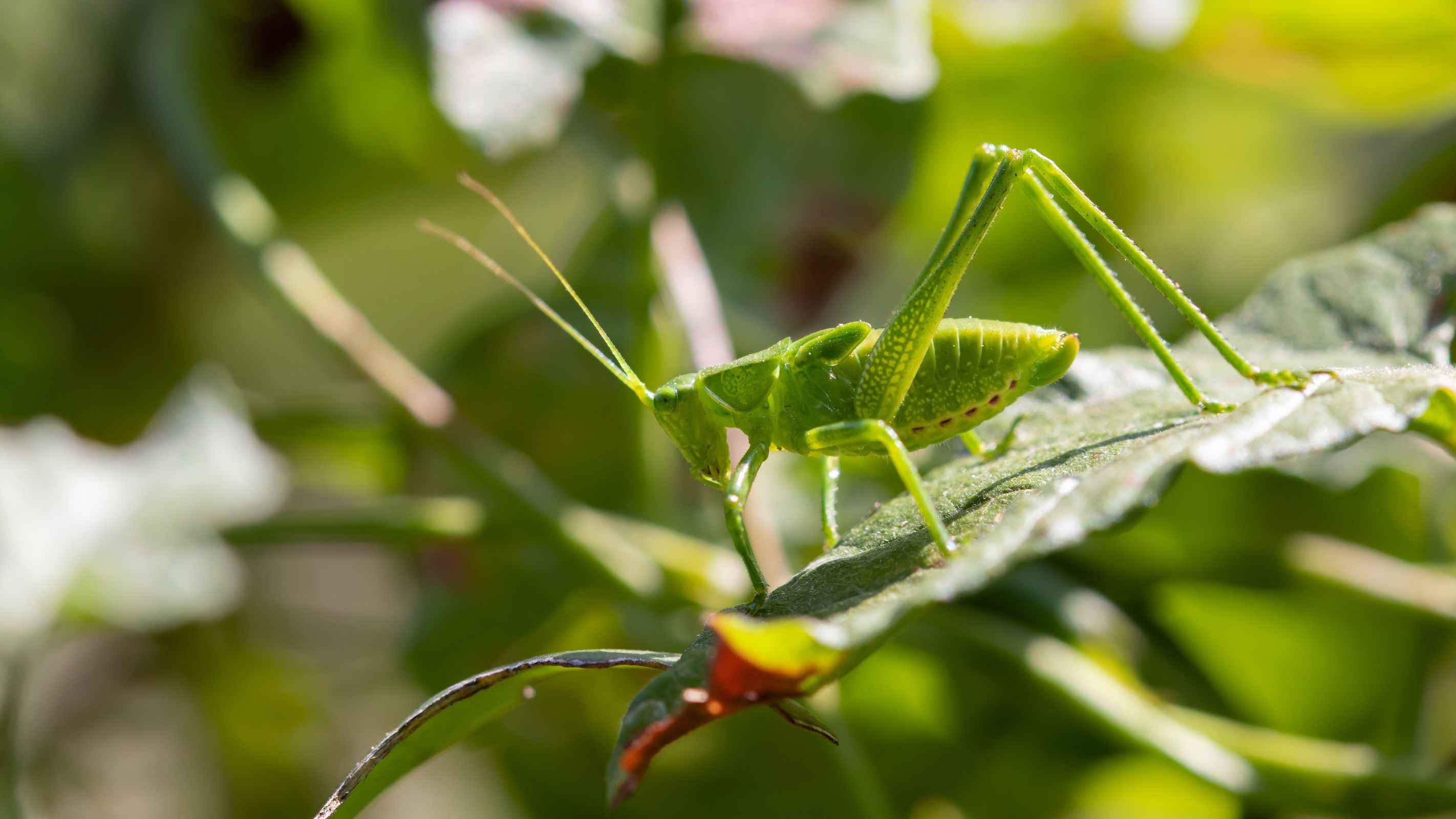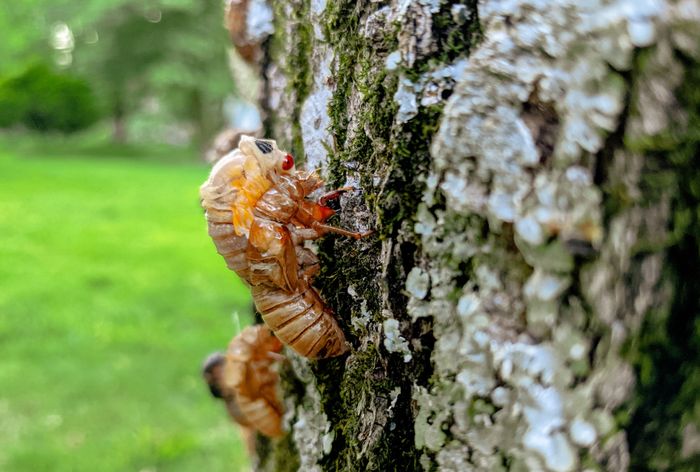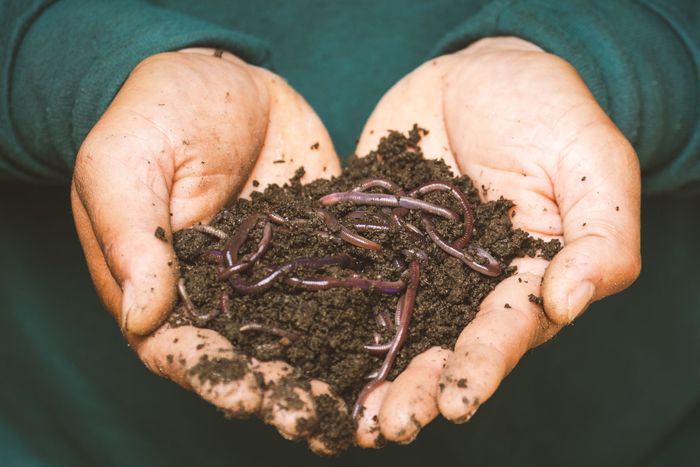Why You Need to Know Your Bugs and What are the Best Ones?
With so many bugs available, it could be daunting to understand which ones you need and which will work for your fishing technique. Here's a great guide!

It’s no secret that fish love bugs, which is why they serve as the inspiration for some of the best artificial flies known to anglers all over the world today. Some bait connoisseurs even gather their own live bug bait, which is a skill that perhaps every avid angler should know.
In this article, we’re going to tackle the insects that have made an impact on the sport of fishing and why you need to know how to identify them. fly
Fly Fishing's Favorite Bugs

1. Nymphs (Naiads)
You have to know your nymphs – after all, a whole style of fishing was named after it. Although popularly used for trout, nymphs can also be used for redbreast sunfish and smallmouth bass, just to name a few. These immature bugs typically resemble their future adult selves but are distinguishable because they usually lack wings. They have long elongated flat bodies that are split into several stages called instars which molt as they grow.
So the next time you’re wading while fly fishing in a small stream, you may want to turn over some of those rocks lying about. If you’re lucky, you just may spot some nymphs of mayflies and stoneflies.
2. Mayflies
The mayfly is perhaps the most important aquatic insect for any fly angler and has been used to hook trout for years. They typically hatch from spring to fall in such large numbers that tourists have been known to witness the spectacle. Ironically, people are not the only ones attracted to it – fish are magically drawn to these hatcheries and can even start a feeding frenzy. Fly fishermen have modeled their artificial flies for years after nymphs, which are one of the most important sources of food for trout.
3. Stoneflies
If you’re not fishing in slow streams, stoneflies will be your best bug. They thrive in rougher, fast-flowing, rockier streams, with adults best identified by their four long, shiny, veined wings. Stonefly nymphs have strong legs and are known to hang on to rocks, crawling up to shore when they mature, using the currents to guide them. It is during their migration to land that trout wait for them in the shallows.

4. Crickets, Grasshoppers, and Katydids
Yes, those chirping crickets that you hear are one of the most underrated live bug baits to use, especially for bluegill, redear sunfish, brown bullhead, smallmouth bass, and trout. Grasshoppers and katydids are very similar to crickets belonging to the same order of Orthoptera and are pretty much used the same way by anglers. Larger-sized specimens of these bugs are better for reeling in catfish, which you’ll want to treat like dry flies and let them float. They’re best used on #6 - #1/0 size hooks, but you may need some practice getting them on there. Once you get the hang of it, these bugs make superb bait and just might do the job when your other baits fail you.

5. Cicadas
Although more popularly known for their loud, high-pitched songs in the summer, the endemic North American variant Magicicada is known for its large populations slumbering up to 17 years beneath the ground before emerging at the same time. They are not hard to catch since millions of them come out at once, and you’ll be surprised just how much channel catfish take a liking to these buzzing bugs, which are best used floating on the surface.
6. Caddisflies
Not to be outdone, caddisflies are equally important and can be even more abundant than mayflies. Anglers imitate their flies after the adults and alternatively use the larvae as live bait. These bugs have four wings of almost the same size that are covered in microscopic hairs, and over 1,000 species can be found worldwide.
7. Midges
Midges, on the other hand, are more similar in appearance to mosquitos, except they won’t be interested in sucking your blood. They’re another important source of food for trout commonly found in large numbers over countless bodies of water and can hatch year-round. A popular fly pattern used is the zebra midge and the Griffith’s Gnat, which are great general-purpose flies that are known to be effective in hooking trout.
8. Grubs
Grubs or beetle larvae are the ideal freshwater bait if you’re looking to snag yourself some bluegills, yellow perch, sunfish, and trout. If you’re near the forest, you can find plenty of beetle grubs underneath the soil, inside rotten logs, and areas that are generally soft and damp. They're easy to keep alive, too – just stuff them in a jar with a little bit of wood and don’t let them get too hot. They can last several years in the larvae stage as well. If you don’t want to forage for them, drop by any tackle and bait shop and you’ll probably find them there.

9. Mealworms
Mealworms are the larvae of mealworm beetles and are safe for people to consume. Often considered as pests because they feed on stored grains, these bugs are also commonly used as pet food for reptiles and birds. Their slim and tough shelled bodies can be tough to place on the hook, which is why most anglers prefer Giant Mealworms.
10. Waxworms
These are the larvae of wax moths and are commonly used for trout and ice fishing for panfish, especially when used on a bronze-colored #10 - #2 hook. They have fragile bodies so you’ll need to make sure the whole hook runs through them from end to end. They’re best used as a float with three to four of them strung together.
Match the Hatch
It’s important to know your bugs because you’ll essentially want to know what your target fish are feeding on. Correctly identifying which nymph, grub, or mature insect will help you choose the appropriate fly or lure to use in any given situation. Hatches often don’t last very long so oftentimes, you need to act quickly or else you might lose the opportunity to land your trophy.
We hope this guide will get you on your way to landing your fair share of freshwater gamefish and we recommend you take the time to learn the ins and outs of bugs. Instead of just wading out and casting out your fly, it might be wise to take the time to know the real flies in your waters.



